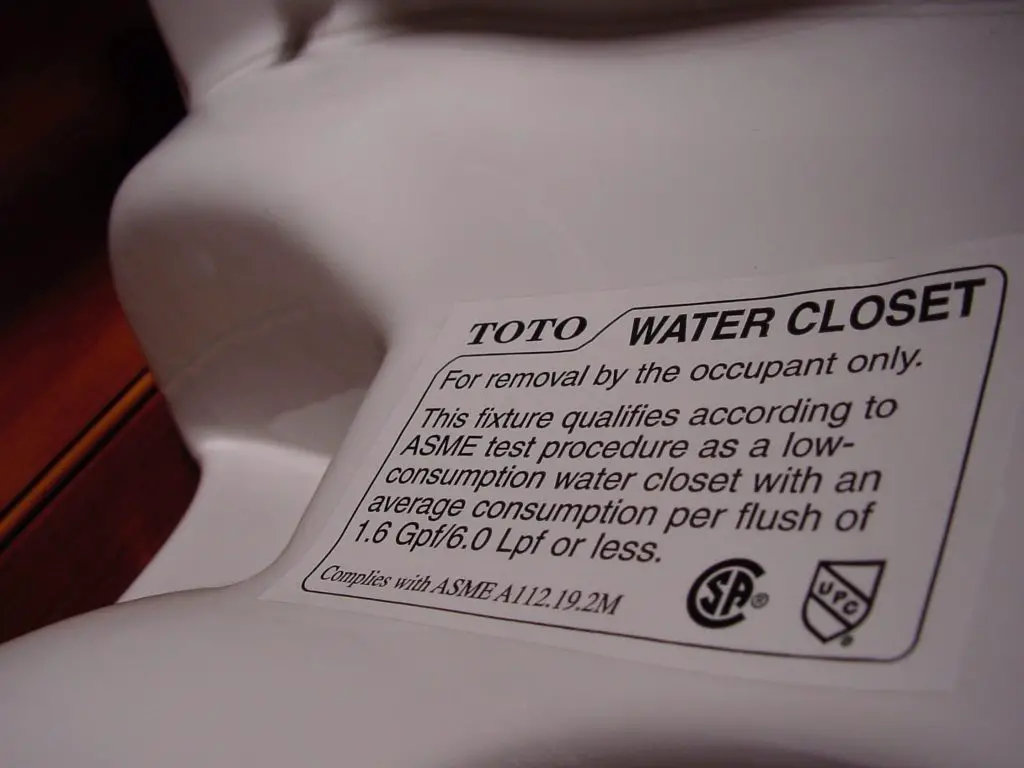Are you planning to renovate a bathroom or create a new one as part of a home building project? When it comes to bathrooms there are many chances to mess up in ways that aren’t obvious until it’s too late, but just a few that would qualify as “best practices”. Abundant moisture, lots of traffic and small floor areas mean that new bathroom installations often age poorly if you don’t have the correct-but-hidden features in place. And by hidden features I mean more than just systems that waterproof things from behind the scenes, as important as these are. Whatever you do, remember the four details you’ll find here and put them into practice. They’ll make all the difference.
- Reading time = 4 minutes
- Video watch time = 3 minutes
Detail#1: Choose a Good Toilet

Toilets are one of the few consumer products where some brands and models come new from the factory unable to perform as they’re suppose to. The low-flow revolution is why. Toilet manufacturers launched new water-saving models with insufficient testing, resulting in a surprising number of toilets that can’t flush properly. You can identify the effective models ahead of time at a free website: www.map-testing.com. I installed two bad toilets in my house when I built it in the late 1980s before this list came out. A few years later I changed them for two lab-tested Toto Drake models and they performed flawlessly, even when there were seven people in the household.
Detail#2: Choose a Powerful Fan

Shower moisture is highly destructive to paint (especially painted ceilings), it spawns mold growth, and it damages window frames. All this is why you need a powerful exhaust fan in your bathroom. And by powerful, I mean something more energetic than is usually installed. Standard bathroom exhaust fans typically move 80 to 90 cubic feet per minute, but in my experience that’s not nearly enough. Aim for a fan that moves at least 120 cubic feet of air per minute, and one that does it quietly. “Sones” are a unit of noise output used by the ventilation industry, and a 1.0 Sone fan is very quiet indeed. This level is usually only achieved by the smallest fans. The best you can probably find in the larger models is 1.2 to 1.4 Sones, but that’s still very quiet.
It’s also vital that if the duct leading from your exhaust fan passes through any kind of unheated space, that the duct be factory insulated to prevent condensation of the outgoing air. If the warm, moist air is allowed to cool, it will form liquid water in the duct, typically running back down into the fan and into your bathroom. The duct below is an example of insulated stuff.

Detail#3: Waterproof Before Tiles

Ceramic tiles might seem waterproof, but they’re not. At least not entire tile installations. Grout joints are the reason why. Even sealed grout is porous, and spilled, splashed and dripped water is a given in any bathroom. Even if you’re reasonably diligent, this water will soak through grout and into wooden floor and wall structures, causing unseen mildew, mold and rot unless protection is in place. The trick is to create a waterproof membrane underneath the tiles that doesn’t interfere with the solid and durable attachment of those tiles.
Schluter is a tile accessory company that pioneered the most advanced moisture control products I’ve seen so far for tiled installations. Their KERDI product is a cloth-like material that goes down on walls and tub surrounds, protecting them from all water contact. Schluter’s DITRA is a dimpled plastic membrane that goes down on floors, boosting the crack-resistance of tile installations while also waterproofing the surface underneath. You can see a version of DITRA below that’s made to accept infloor heating cables.

Detail#4: Durable Caulking
Caulking is a simple and secure way to anchor new countertops to a bathroom vanity, and polyurethane caulking is substantially better than any other formulation I’ve used for use as an adhesive and for sealing. Polyurethane caulking used to be more common on store shelves than it is now, but I currently buy a brand called Sikaflex. You can order it online and it sure does work.
VIDEO: Tile Installation
See a professional tiling installer in action, using uncoupling membrane to boost reliability when tiles go down on plywood.
Bathroom durability usually comes down to a few key details applied where they count. And like most things in life, the details of a great bathroom renovation aren’t obvious and aren’t automatically done. Insist that they’re completed right and you’ll enjoy many extra years of trouble-free service from your new bathroom.
 Did you find this article and video useful? I hope so. Please consider helping me cover the cost of creating and publishing content like this. Click the “buy me a coffee” button below and it’ll take you to a fast, simple and easy way to make a contribution.
Did you find this article and video useful? I hope so. Please consider helping me cover the cost of creating and publishing content like this. Click the “buy me a coffee” button below and it’ll take you to a fast, simple and easy way to make a contribution.
– Steve Maxwell



